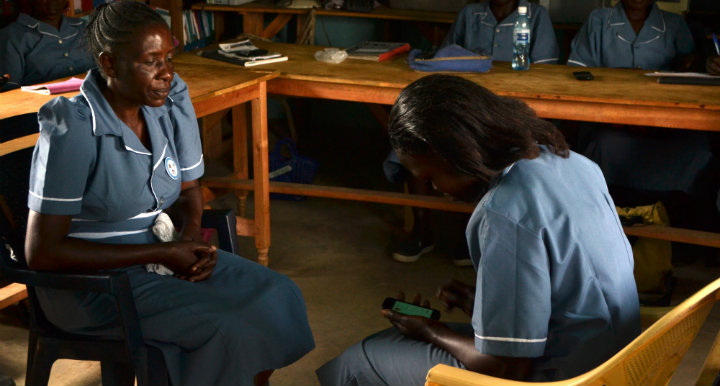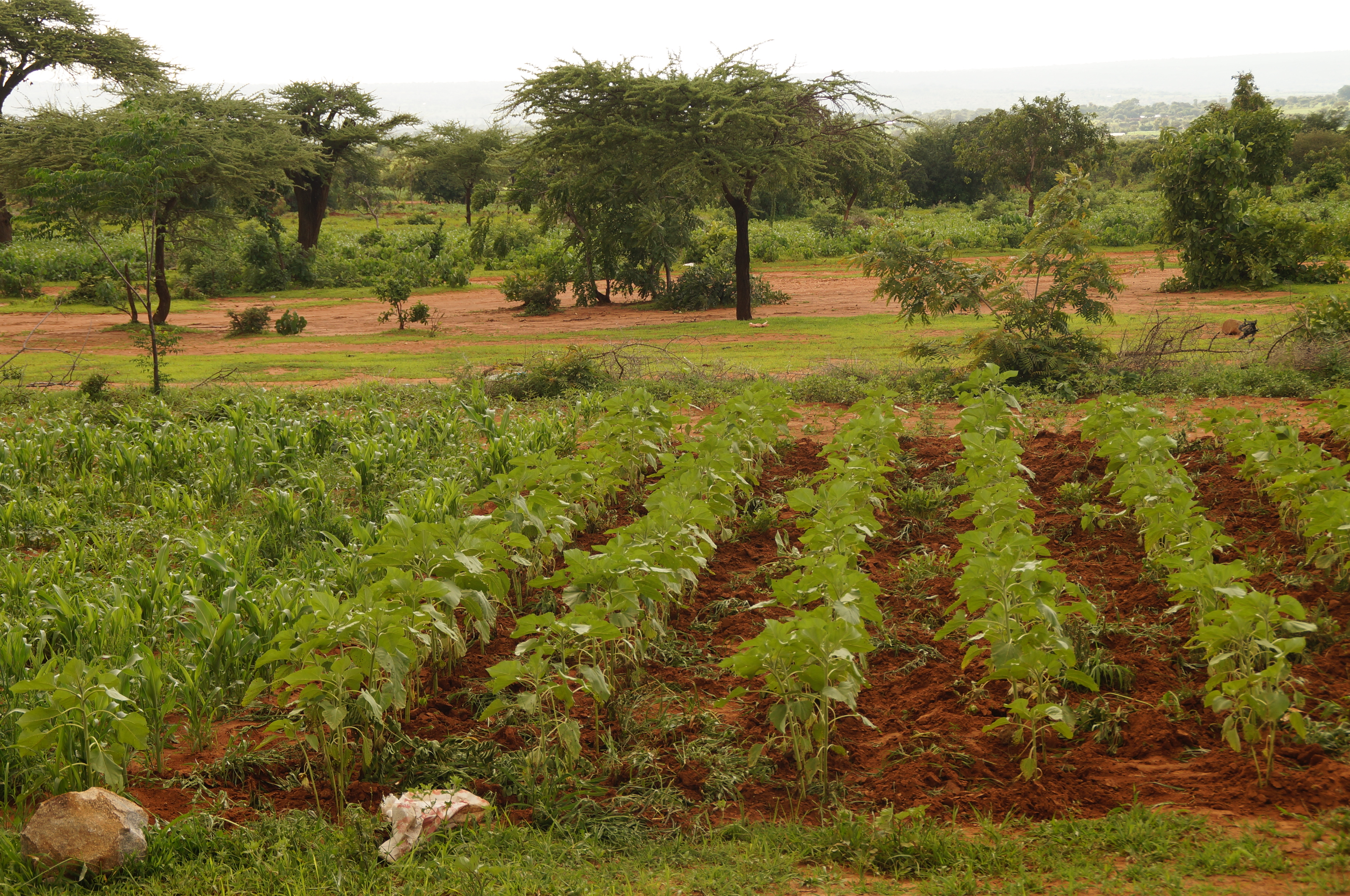Editor’s note: Dr. Matthew Levinger is a guest author and as such his views do not necessarily reflect the institutional or personal views of TechChange or its staff. His course is not directly associated with TechChange in any way and is being offered in as part of the US Institute of Peace training academy.
The advance of information and communication technologies over the past decade has been so astonishingly rapid that it is easy to lose track of the historic dimensions of this transformation. Google Maps and Google Earth were both launched in 2005, just six years ago, and the Google search engine itself is just 14 years old. Today, there are more than 5 billion active cell phones around the world–an average of nearly one for every human being on the planet.
Two years ago this month, the first International Conference of Crisis Mappers (ICCM) was held at John Carroll University in Cleveland. Next month, the third ICCM will convene in Geneva, Switzerland, as the annual gathering of a volunteer network with 2,900 members from 137 countries.
As GIS and other place-based technologies continue their exponential rate of advance, the need for sustained dialogue between the producers and the consumers of data from volunteer GIS-based and other participatory mapping projects becomes ever more urgent. The producers of this data are predominantly experts in information and communication technologies, whereas the consumers of the data include international humanitarian responders, officials from governments and international organizations, members of advocacy groups, and residents of communities afflicted by natural disasters or political crises. Miscommunication and cultural disconnects can easily arise among these diverse stakeholder groups, with negative effects on the outcomes of participatory mapping projects.
Collaborative efforts to map humanitarian and political crises pose both logistical and ethical challenges. From a logistical standpoint, participatory mapping projects have often had limited impact in supporting more effective crisis response efforts—in part because of insufficient coordination between the technical specialists who have organized and led mapping initiatives and the end users of the data who are charged with responding to these crises. A recent UN Foundation report entitled Disaster Relief 2.0 points out shortcomings in the crisis mapping efforts launched after the Haiti earthquake: “The international humanitarian system was not tooled to handle these two new information fire hoses—one from the disaster-affected community and one from a mobilized swarm of global volunteers.”
From an ethical standpoint, such mapping projects pose a number of thorny questions, for example:
- Are the producers or recipients of data from these projects exposed to security risks or other potential adverse consequences, including threats to privacy?
- What negative effects may result from false or distorted reporting? For example, after the Haiti earthquake, many reports of victims trapped inside collapsed buildings were posted by people seeking help for digging out the corpses of family members who had been buried in the rubble.
- Does the establishment of a crowdsourcing platform for crisis mapping create unwarranted expectations that there will be a timely response to reports by people in need? Some observers have suggested that creating an Ushahidi platform for a disaster zone is akin to establishing a 911 telephone line without giving the dispatchers any emergency response capability.
- What are the ethical implications of creating universal surveillance systems that compile streams of data from diverse sources?
- In the context of violent conflicts and other political crises, how can parties to the conflict be prevented from using crowd-sourcing platforms to spread disinformation or incite violence, e.g. by exaggerating the number of victims or falsely accusing their opponents of war crimes or mass atrocities?
These ethical and logistical questions need to be effectively addressed as part of an operational plan prior to an intervention. While getting the hard data is important, we also have to remember that our goal is providing aid and support to the people affected by conflict.

Matthew Levinger is a senior program officer in the Academy for International Conflict Management and Peacebuilding at the U.S. Institute of Peace, where he teaches professional education programs on conflict analysis, conflict prevention, and participatory conflict mapping. He has worked previously as founding director of the Academy for Genocide Prevention at the U.S. Holocaust Memorial Museum and as a senior intelligence analyst at the U.S. Department of State. A historian by training, he spent 14 years teaching Modern European History at Stanford University and Lewis & Clark College before moving to Washington, D.C.
********



